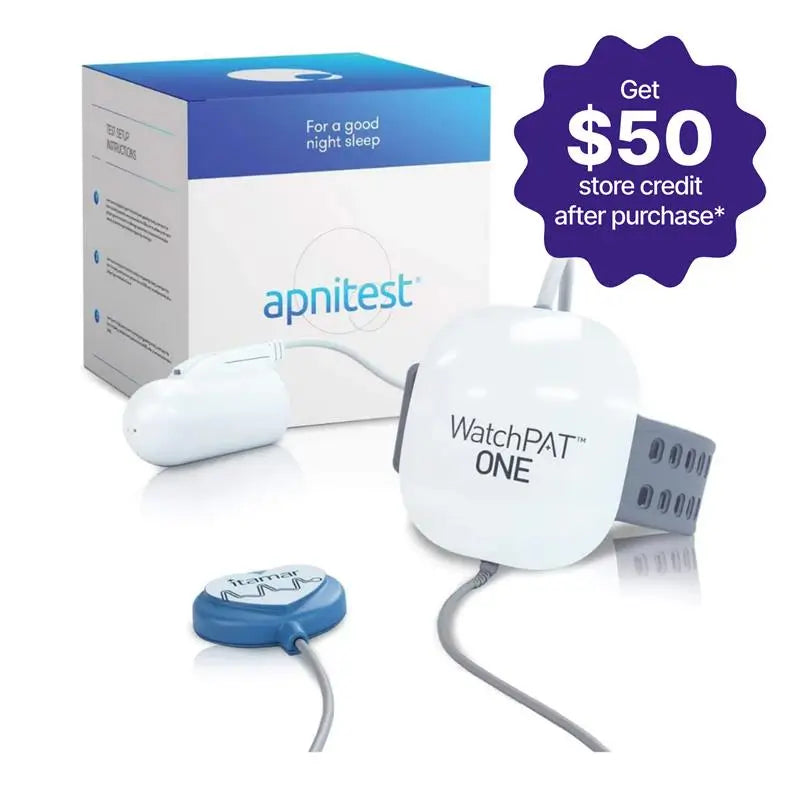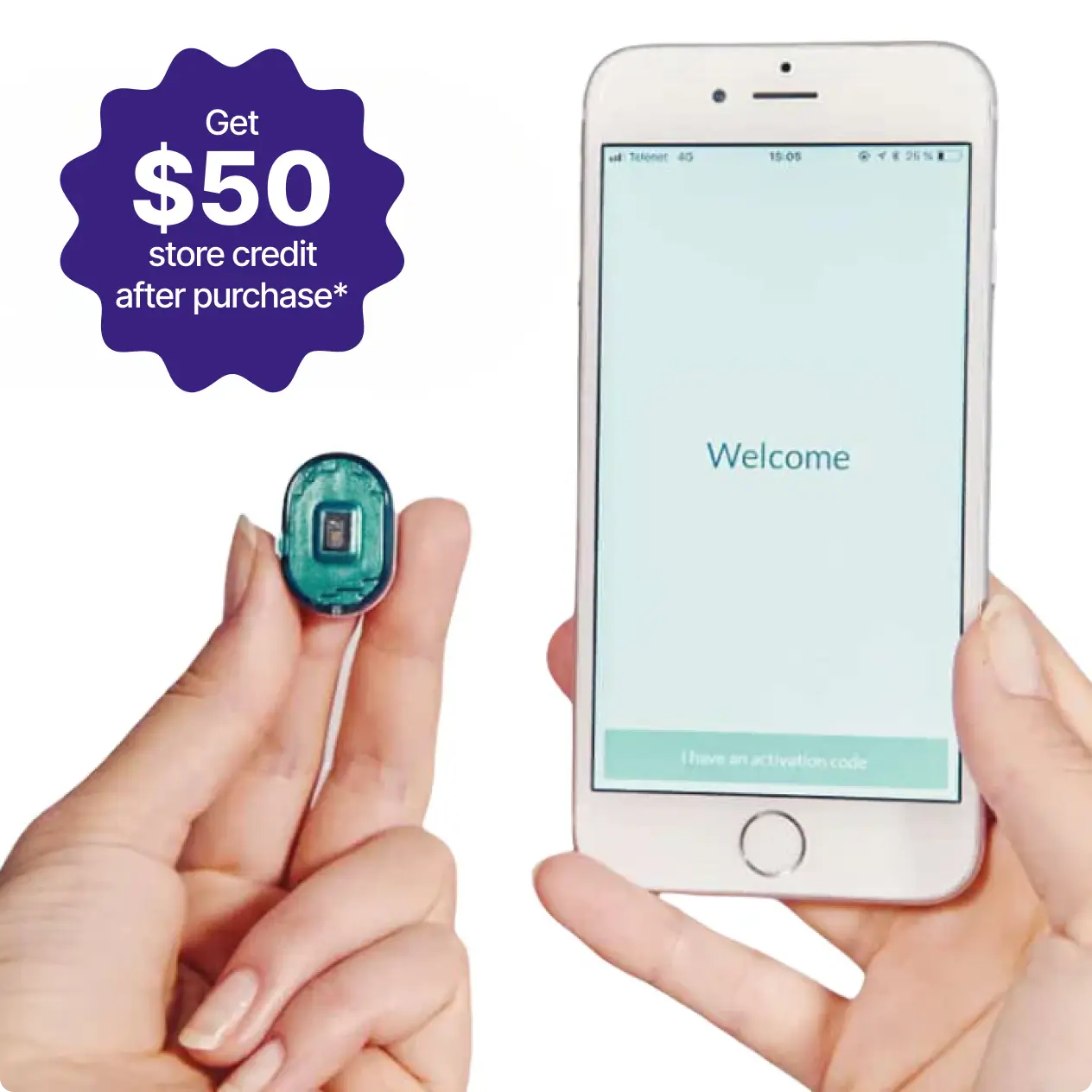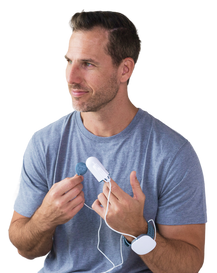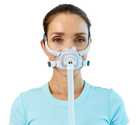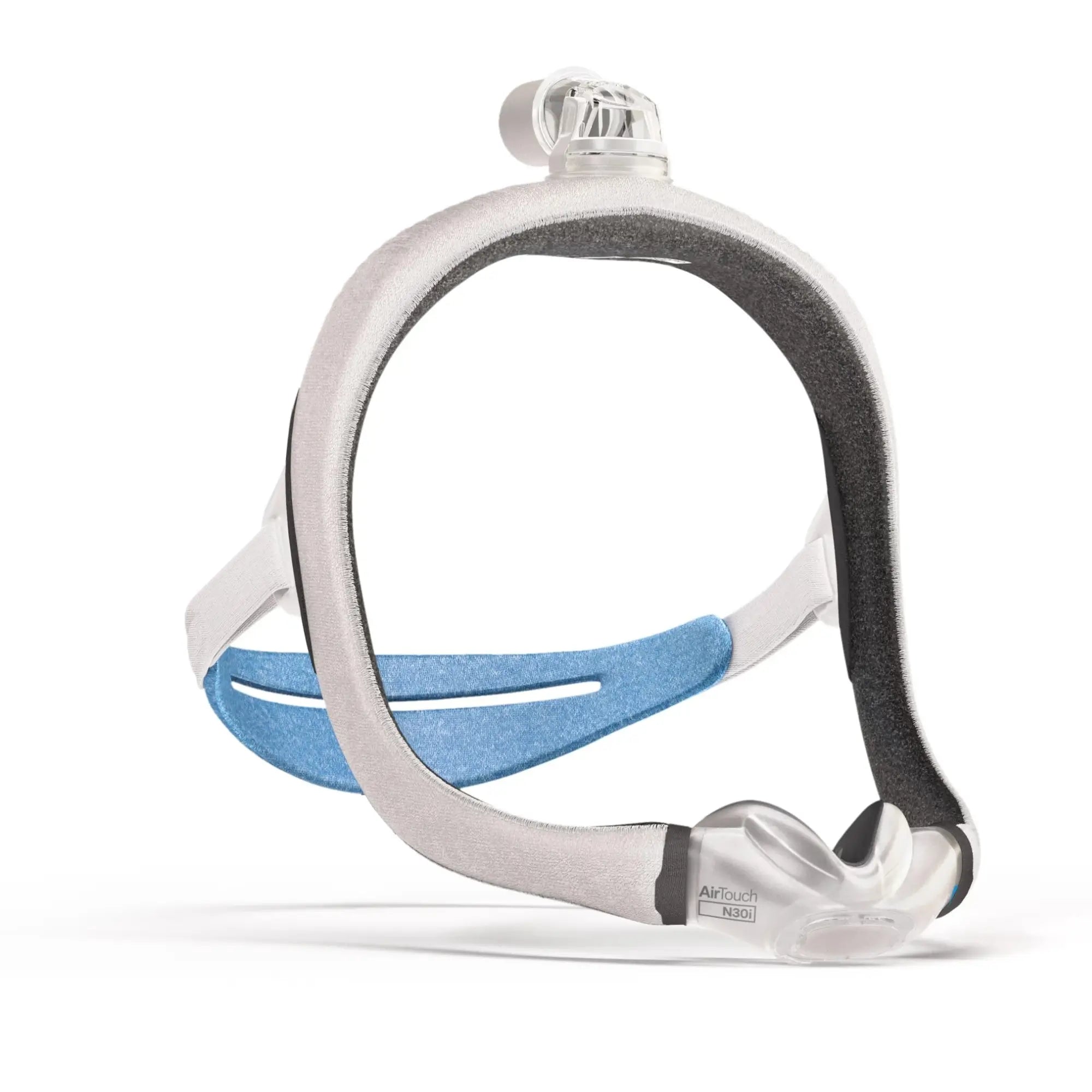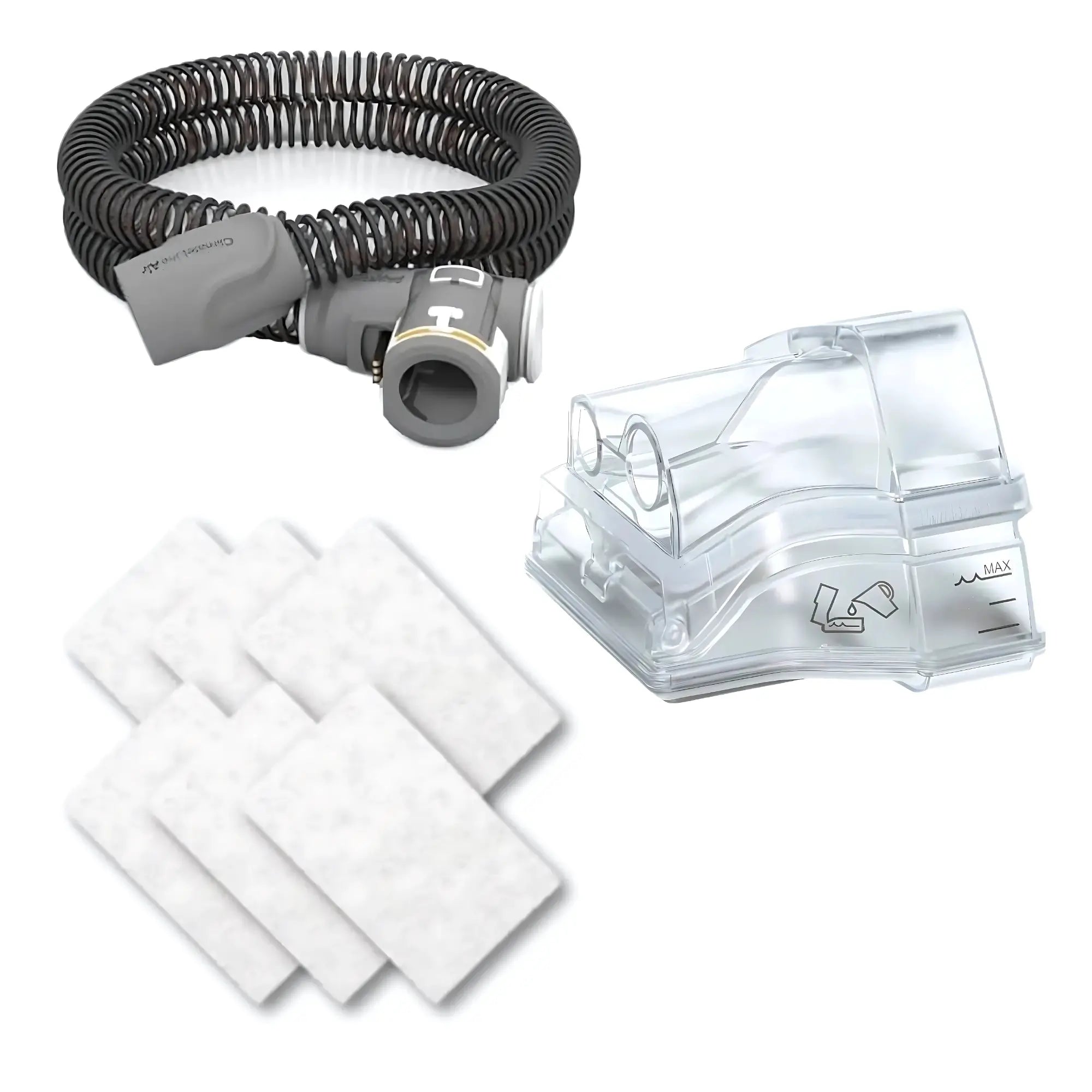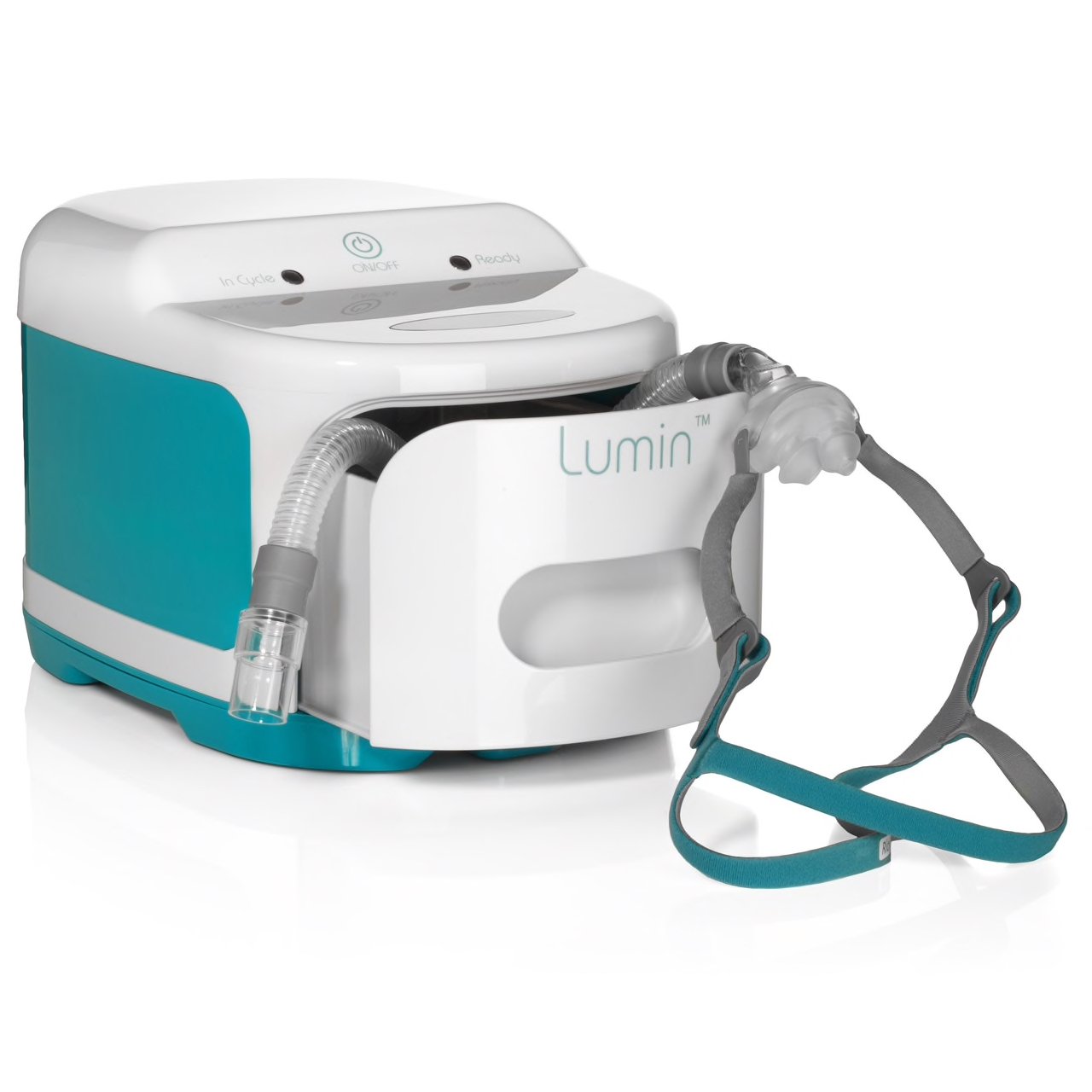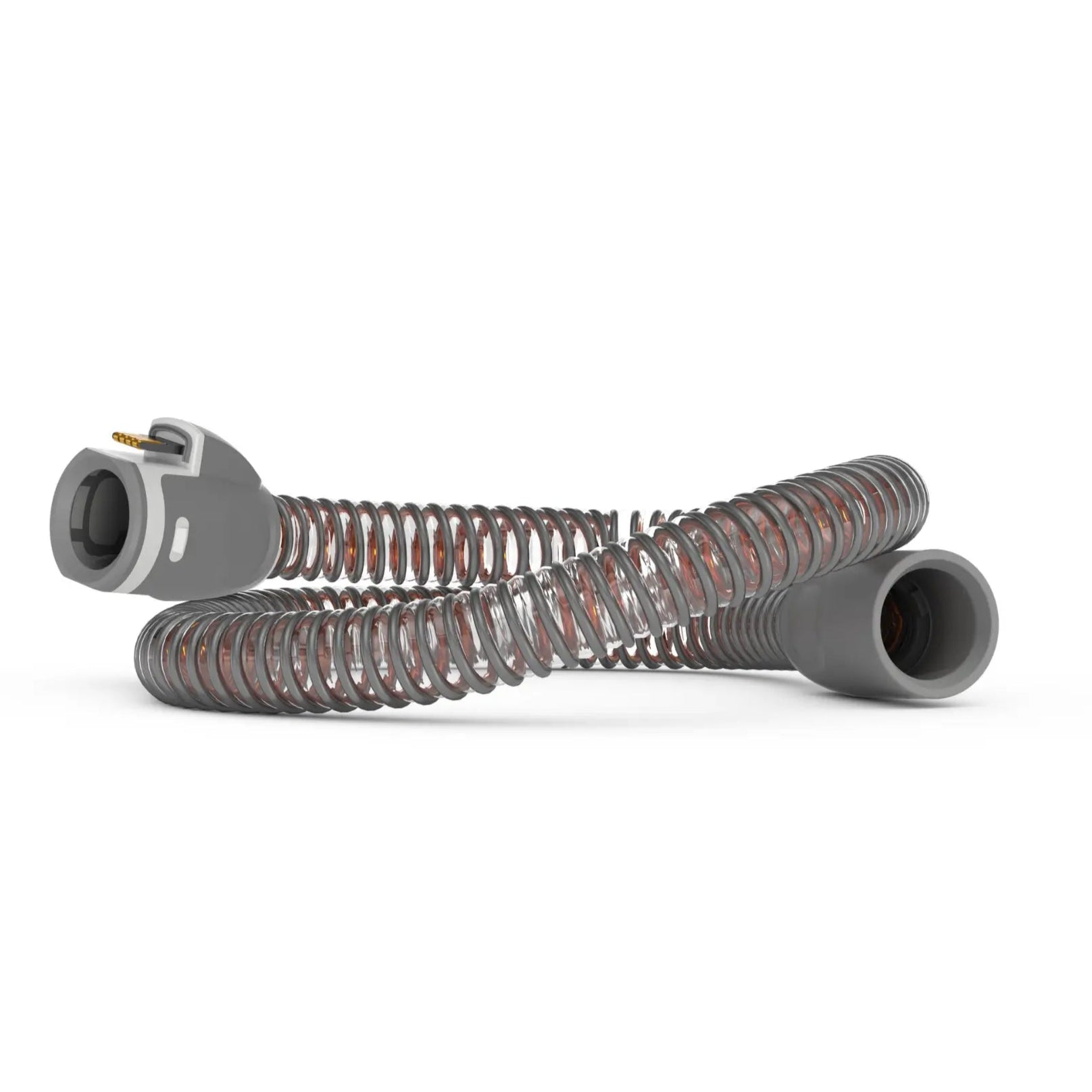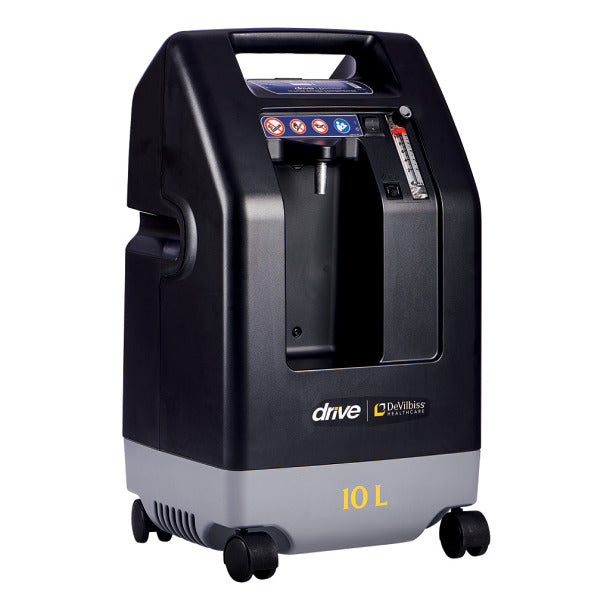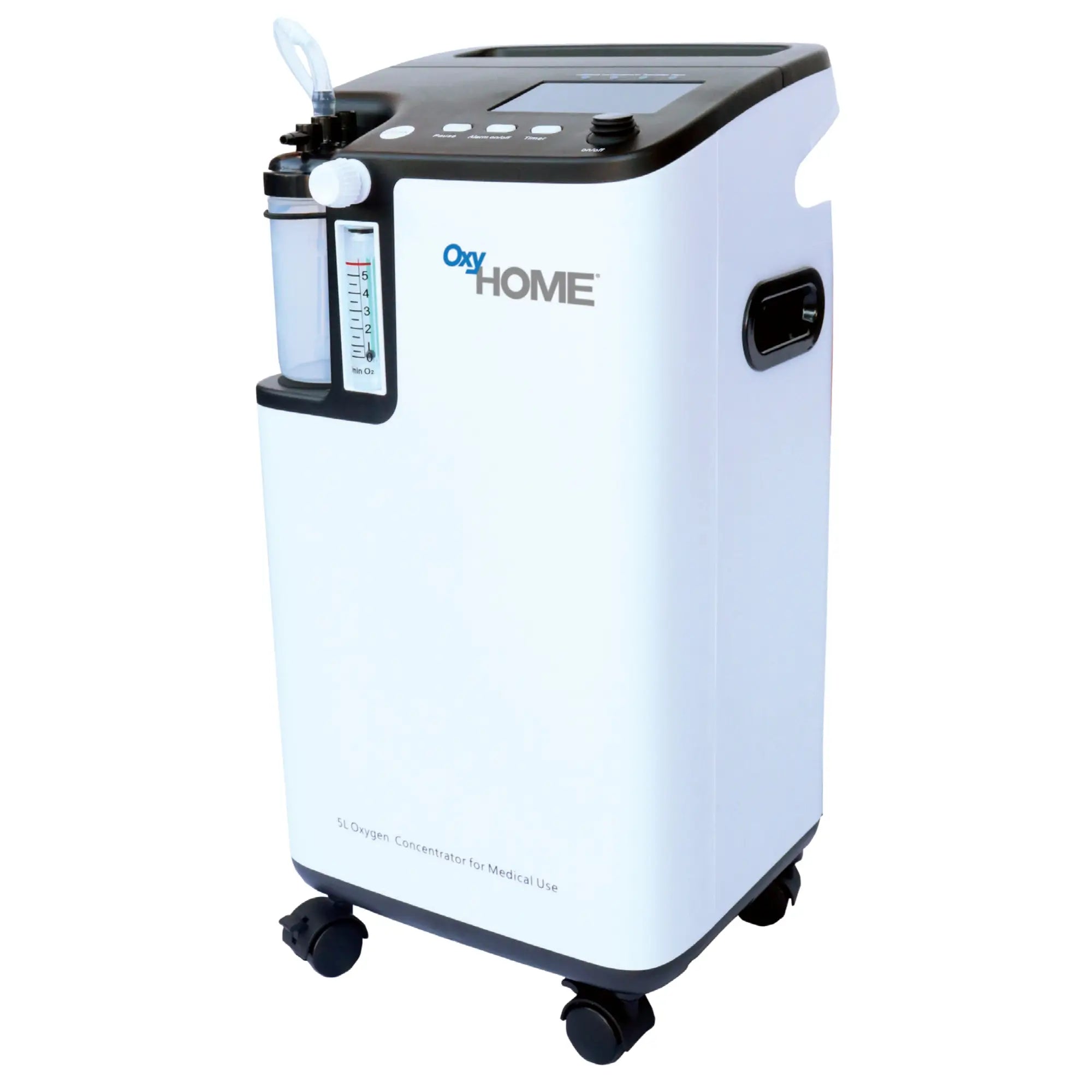Sleep apnea is a medical condition in which the patients are not able to get a full night's rest. It is a sleeping disorder that occurs when a person's breathing is abruptly interrupted while they are in a slumber. People with untreated sleep apnea frequently stop breathing in their sleep, sometimes hundreds of times during the night.
A good night's sleep is essential for the proper functioning of a human's body. And if sleep apnea remains undetected it can cause serious health problems Systematic reviews have found a correlation between sleep apnea patients and high blood pressure, obesity, stroke, cardiomyopathy, diabetes, and heart attacks. Moreover, a person whose mind and body are not well-rested is more likely to get quickly irritated, have trouble concentrating, and can even become a victim of depression and anxiety.
How is Sleep Apnea Caused?

What Causes OSA?
Obstructive sleep apnea (OSA) is mainly caused by a blockage of the patient’s upper airway (the back of their nasal canal) when they lie down for sleeping.
What Causes Central Sleep Apnea?
On the other hand, central sleep apnea is mainly found in patients that have some kind of central nervous system dysfunction, such as ALS or Lou Gehrig’s disease. Patients with heart failure, who recently have had a stroke, or patients who have a prevalence for other kinds of cardiovascular, lung, or kidney diseases are also prone to Central sleep apnea.
Common Symptoms of Sleep Apnea
The symptoms of sleep apnea are usually noticed by the patient’s bed partner. If you suspect you have sleep apnea, ask someone to monitor your sleep.
Common Symptoms of Obstructive Sleep Apnea in Adults
- Snoring
- Excessive daytime sleepiness
- Restlessness while going to bed
- Abrupt nighttime awakenings with a feeling of gasping or choking
- Dry mouth or sore throat after waking up
- Anxiety or depression
- Frequent headaches
- Night sweats
Symptoms Of Central Sleep Apnea
- Insomnia
- Unexpected awakenings while sleeping
- Feeling of gasping or choking upon awakening.
While these are the most common symptoms that we know about, they are not the only indications of this sleeping disorder. In addition, sleep apnea is different for everyone, so you will need to do your own in-depth research on the disease before reaching a conclusion.
If such symptoms sound familiar to you and you think you may have sleep apnea, the best thing to do is to contact your health care provider and take a sleep apnea test as soon as possible. For the best way to deal with any disease is to detect it sooner rather than later. Delaying a visit to your doctor can make the illness even worse.
It's natural for you to be nervous and have a lot of questions about the test. We know that medical tests and diagnoses can be a little overwhelming and frightening. That's why we have composed this article so that you can know what exactly a sleep apnea test entails and prepare for it.
What is a Sleep Apnea Test?

Now that we have discussed the basics of sleep apnea, it's time to talk about the main topic of our blog– the sleep apnea test.
If your doctor concludes that your symptoms are suggestive of sleep apnea, they may recommend you take a sleep apnea test, known as a polysomnogram (PSG), or an overnight sleep study. It is done under the direct supervision of a trained specialist. Before the test, you will have to answer a questionnaire asking you detailed questions about your health, any underlying conditions you may have, and your sleep patterns and routines.
About Polysomnogram:
A polysomnogram or a sleep study is a multiple-component test that is usually performed in a fully functional sleep lab. During your PSG or polysomnography, some of your specific physical activities like your sleep time and how many times you snore are electronically received and recorded by the specialist while you are asleep.
During the test, the sleep specialist will record a variety of your body functions like the electrical activity of your brain (EEG), the movements of your eyes and muscles, your breathing patterns, heart rate, blood oxygen levels, and airflow while you sleep during nighttime.
After the completion of this test, the specialist will calculate the number of times your breathing is impaired while you were resting to come up with your apnea-hypopnea index or AHI. This will allow the expert to determine if a diagnosis of OSA or CSA is applicable. Once the results are ready, the sleep specialist will follow up with you.
If you have Medicare, they may cover your polysomnogram so do not forget to ask your primary care doctor about the sleep study.
However, if you don't feel comfortable going to the laboratory for your sleep evaluation, you get it done in the comfort of your home too.
About Home Sleep Apnea Testing:
A home sleep apnea test (HST) can be performed for adults who are not comfortable going to the lab and would rather take a sleep test at their home. This test is also known as portable monitoring.
A home sleep study such as WatchPAT is a modified sleep evaluation technique. However, it records fewer body activities than a polysomnogram. The body functions that are usually recorded in a home sleep test include airflow, blood oxygen levels, snoring, and breathing. This test is suitable for the diagnosis of obstructive sleep apnea.
However, there are a few precautions and restrictions while taking the home sleep test.
Home sleep testing is not suitable for screening patients without any symptoms of sleep apnea. It should not be used for patients with medical issues and conditions like heart failure, stroke, neuromuscular disease, pulmonary disease, or other cardiac diseases.
The use of an HST is also restricted for patients suffering from other kinds of sleep disorders. This includes central sleep apnea, insomnia, circadian rhythm disorders, parasomnia, restless leg syndrome, and others.
What Precautions Must You Take Before Undergoing a Sleep Apnea Test?
Now that you know what a sleep apnea test is, you'll also want to know about the precautions you should take so that you can be better prepared for it.
So, here's all that you must do before going through your sleep evaluation:
1. Discuss Your Medications With Your Doctor
If you have certain health issues and are taking medicines for them, you recommend discussing this with your doctor. They will advise you on whether to consume your medications as usual or avoid taking them before the test.
2. Avoid Consuming Alcohol and Caffeine
You should also avoid consuming any alcoholic beverages or caffeine before your sleep study, as they may interfere with the accuracy of your results. One meta-analysis done concluded that alcohol will worsen sleep apnea symptoms.
3. Wear Your Most Comfortable Night-Time Clothes
Before you take the test, it is recommended that you wear your most comfortable nighttime clothes and carry any item with which you are habitual of sleeping. It is important for you to be comfortable and at ease during the sleep study.
What to Expect During Your Sleep Study?
If you are taking the sleep apnea test in a specialized sleep center laboratory certain practice parameters will be applied. You will be allotted a private bedroom along with a private bathroom. Near to your room will be a central monitoring area, where the specialist will monitor all sleeping patients. You’ll be connected to monitoring equipment with the help of wires. If you need to use the bathroom any time during the night of your test, you must inform the specialist so they can take off the wires of your monitoring device.
What Does The Monitoring Equipment Include?

The monitoring equipment used during your sleep apnea test is a combination of devices and sensors such as surface electrodes that will be put on your face and scalp. They will send recorded electrical signals, generated by your brain and muscles, to the specialist sitting in the monitoring area.
Additionally, you will also be hooked up with belts around your chest and abdomen to measure your breathing. An oximeter will be put on your finger that will measure and record your blood oxygen levels while you are asleep.
Being connected to so many electric devices may sound uncomfortable but they cause little to no difficulty and most people usually fall asleep without any complication.
Similarly, if you are taking a home sleep test (HST), more portable and easy-to-use equipment is available for it, especially for detecting the less complicated and mild cases of sleep apnea.
What to Expect After Your Sleep Apnea Test?

In the morning following your sleep study, the sleep specialist will take off the devices and sensors attached to your skin, and you'll be allowed to resume your daily activities like usual.
It will take some time for the sleep specialist to conclude the results of your sleep evaluation as there are over hundreds of pages of data to be studied. Once the results are determined, the sleep expert will send them directly to your doctor. After your doctor reviews your results, they will call you to discuss them.
Treatment Methods:
Although sleep apnea might sound frightening initially, you don't need to get disheartened if your sleep apnea test shows that you have this sleeping disorder.
Modern medicine has made significant breakthroughs in this field and there are various treatment options available for people dealing with sleep apnea. With proper treatment and care, it's easy to manage your symptoms and have a better quality of life.
There are many treatment methods available today for patients with sleep apnea. We have listed the most common ones below:
- Continuous Positive Airway Pressure (CPAP): Using the CPAP machine is the gold standard at the moment for treating sleep apnea. In the method, a mask is used to increase the pressure in the patient's airway. This reduces the abrupt awakenings due to toa shortage of breath and helps the patients remove any airway obstruction they may experience throughout the night. If the doctor concludes that you can benefit from using a CPAP machine to treat your sleep apnea syndrome, he will refer you to take part in a titration stud,y which will help determine what pressure your CPAP machine should be set with.
- Oral Appliances: People with mild to moderate obstructive sleep apnoea can take the help of dental devices when they go to bed at night. Oral devices push the patient's lower jaw forward and prevent the closing of their throat so that they can comfortably breathe. The American Academy of Sleep Medicine (AASM) has clinical practice guidelines for using oral appliances for treating sleep apnea that your internal medicinedoctor can discuss with you.
- BiPAP and APAP: Similar to CPAP, these two devices are also used to clear any airway obstructions and improve the nightly breathing pattern of the patient.
- Oxygen support: Many a time, doctors also prescribe oxygen delivery along with a CPAP device to increase the blood oxygen levels of the patient.
- Surgery: When other treatments are not proved to be as useful and effective to treat your severe OSA, surgery might be a suitable option. Surgery is usually performed to alter or remove any tissue of the neck and/or adenoids that may be causing an issue. There are a lot of different surgical procedures available today for treating sleep apnea without any complications.
Although what treatment will be best suited for you will completely depend upon your diagnosis and the severity of your sleep apnea. For some very mild cases of this disorder, some lifestyle changes are all that is required to effectively deal with it while severe cases may require surgery.
Therefore, visiting your doctor is the only way to know which treatment is best suited for your condition as they'll be able to guide you in the right direction.
Final Words
Sleep apnea can be an intimidating disorder, but with the right treatment and a few lifestyle changes, it's possible to deal with it and lead a perfectly normal life with a sound sleep at night. The first step towards a good night's sleep begins with taking the sleep apnea test. So if you feel you have this illness, it's best to contact your doctor and take the sleep apnea test so that there is no further delay in your treatment.
We hope that this article was helpful to you and we were able to clear your doubts and answer your questions about sleep apnea testing.


